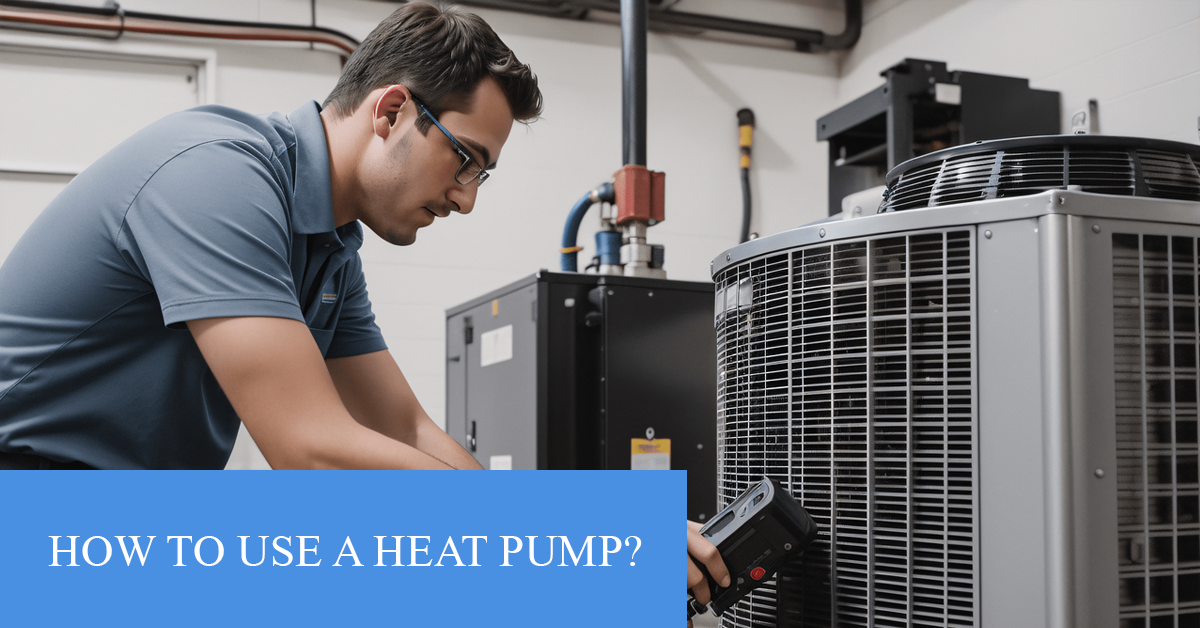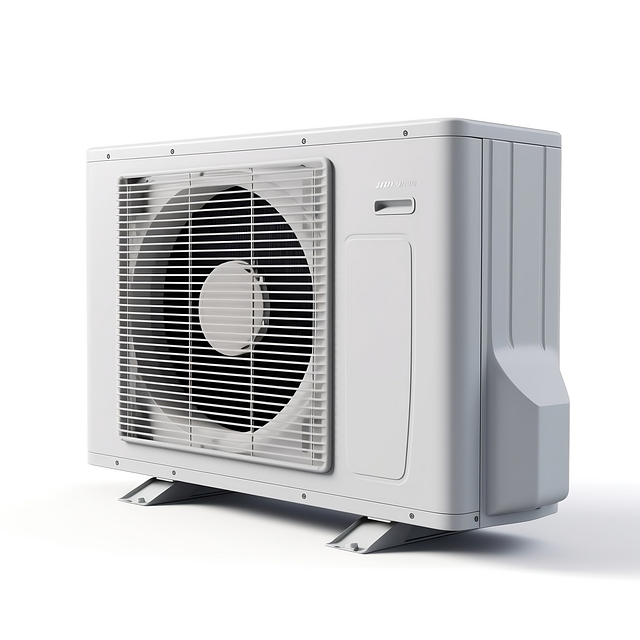Contents
Ultimate Guide to Heat Pump Efficient Usage: Tips for 2023/2024 Usage

How to Use a Heat Pump in 2023/2024: Understanding and Maximizing Efficiency
Introduction
In the ever-evolving world of home climate control, the heat pump stands as a versatile and energy-efficient solution for both heating and cooling. As we step into 2023/2024, understanding how to use a heat pump effectively is more valuable than ever. This guide will not only unravel the inner workings of heat pumps but also provide you with essential tips to make the most of this technology.
Did you know:
Heat pumps can be up to 300% more energy-efficient than traditional heating systems, which means not only cost savings but also reduced environmental impact.
How Does a Heat Pump Work?
A heat pump is a device that transfers heat from one place to another rather than generating heat directly. It operates on the principles of thermodynamics, similar to how a refrigerator works but in reverse. To give you a clear understanding, let’s break down the process:
Heat Absorption
The heat pump starts by absorbing heat from a source. This source can be outdoor air, the ground, or even water. In heating mode, it extracts heat from the chosen medium. In cooling mode, it removes heat from the indoor air.
Refrigeration Cycle
Once the heat is absorbed, the heat pump uses a refrigeration cycle to transfer it where it’s needed. Here’s how it works:
- Compressor: The heat pump’s compressor plays a crucial role. It increases the temperature and pressure of the refrigerant gas, turning it into a hot, high-pressure gas.
- Condenser Coil: The hot refrigerant gas then travels to the condenser coil located indoors. Here, it releases the absorbed heat into the indoor space.
- Expansion Valve: After the heat is released, the refrigerant passes through an expansion valve. This valve lowers the refrigerant’s temperature and pressure, turning it back into a low-pressure gas.
- Evaporator Coil: The low-pressure gas then flows to the evaporator coil, usually located outdoors. Here, it absorbs heat from the external environment, and the cycle begins anew.
Dual-Mode Operation
One of the significant advantages of a heat pump is its ability to operate in both heating and cooling modes. When you need heat, it absorbs warmth from the surroundings and delivers it to your home. In cooling mode, it removes heat from indoors and expels it outside, effectively cooling your space.
How to Use a Heat Pump Efficiently
Now that we understand the basic workings of a heat pump, let’s explore how to use it efficiently:
1. Set the Right Temperature
The first step in using a heat pump efficiently is to set your desired temperature. Ensure that your thermostat is programmed to your comfort level. Most modern heat pumps come with smart thermostats that allow you to schedule temperature changes, optimizing energy use.
2. Use the Right Mode
Switch between heating and cooling modes as needed. When it’s cold outside, use the heating mode to warm your home, and when it’s hot, switch to cooling mode for a refreshing indoor environment.
3. Maintain a Consistent Temperature
Avoid frequent temperature adjustments. It’s more energy-efficient to maintain a consistent temperature rather than constantly adjusting the thermostat.

4. Ensure Proper Insulation
Make sure your home is well-insulated to prevent heat loss in the winter and heat gain in the summer. Proper insulation reduces the workload on your heat pump, increasing its efficiency.
5.Regular Maintenance
Schedule regular maintenance checks for your heat pump. This includes cleaning or replacing filters, inspecting refrigerant levels, and ensuring all components are in good working condition. A well-maintained heat pump performs optimally.
6. Smart Thermostats
Consider investing in a smart thermostat that can learn your preferences and adjust temperature settings accordingly. Some models even integrate with weather forecasts to optimize heating and cooling.
7. Zoning
If your home allows, use zoning to heat or cool specific areas as needed. This can be achieved by installing multiple indoor units connected to a single outdoor unit, allowing you to customize the temperature in different rooms.
8. Take Advantage of Off-Peak Hours
If your utility offers time-of-use pricing, consider using your heat pump during off-peak hours when electricity rates are lower. This can lead to significant cost savings.
9. Use Curtains and Blinds
During extreme weather conditions, use curtains or blinds to block out heat from the sun in the summer and retain warmth in the winter. This complements your heat pump’s efforts.
Conclusion
In 2023/2024, discovering the potential of the best heat pump technology for efficient heating and cooling is now easier than ever. Embracing the principles of how a heat pump operates and applying the best heat pump practices can result in significant cost savings, environmental advantages, and year-round comfort. By adhering to these guidelines and maximizing the benefits of this versatile technology, you can relish a cozy home atmosphere while simultaneously reducing your carbon footprint. That is why choosing the best HVAC system is crucial.
A heat pump is a versatile and energy-efficient heating, ventilation, and air conditioning (HVAC) system that operates by transferring heat from one area to another. In the heating mode, it extracts warmth from the outside air or ground and delivers it indoors, providing a cost-effective solution for maintaining a comfortable temperature in residential and commercial spaces. Mitsubishi Heat Pump, a prominent player in the market, exemplifies the innovation and reliability associated with best heat pump brands. These systems efficiently leverage ambient thermal energy to regulate indoor climate, making them an environmentally friendly and economical choice.
Visually, a heat pump typically resembles an outdoor unit connected to an indoor component, demonstrating a sleek and compact design. The integration of cutting-edge technology and high-quality materials in these heat pump HVAC systems contributes to their durability and optimal performance. While the initial cost of a heat pump may vary based on factors like brand and capacity, its long-term benefits, including energy savings and reduced environmental impact, make it a wise investment. When contemplating the installation of a heat pump, it is advisable to consider professional Heat Pump Installation services to ensure proper setup and optimal functionality, maximizing the system’s lifespan and efficiency.
In conclusion, the world of heat pump HVAC systems is vast, offering a spectrum of choices from renowned brands such as Mitsubishi. Understanding what a heat pump is, recognizing its appearance, exploring the associated costs knowing about its usage, and acknowledging the significance of reputable brands contribute to making informed decisions when it comes to adopting this energy-efficient technology for your heating and cooling needs.
